Hi everybody,
Lovely as this double-decker may look like we are not going to visit Edinburgh aboard it though it might have been a solution to avoid parking and traffic problems in the city (tram works presently).
Here’s our starting point today, at Mortonhall Caravan & Camping Park, as I’ve mentioned it in the first part of our ‘Journey around Scotland‘. Our timber cabin is situated in a very pleasant green and rather secluded corner of this wonderful 4 Star Thistle graded park set in 18th century landscaped grounds. There are magnificent old trees in the arboretum and a couple of friendly highland cows in the area. 😉
So, after a good night of sleep in our well-equipped wigwam (fridge, kettle, TV and wall heater), we are ready to stride along the streets of the city we love so much. Last but not least, the weather is fine. 😉
Edinburgh has often been called ‘The Athens of the North‘ for its geographical, cultural and architectural features. While Athens was built on eight hills Edinburgh stands on seven. Castle rock could well be compared to the Acropolis but the city can boast its own ‘Acropolis’ on Calton Hill, a monument that has become a landmark. The neo-classical architecture of many houses in the New Town and a number of public buildings such as The Royal Scottish Academy and The National Galleries of Scotland clearly betray the influence of ancient Greece.
Below are the names of the seven hills of Edinburgh.
- Castle Hill
- Calton Hill
- Costorphine Hill
- Craiglockhart Hill
- Braid Hill
- Blackford Hill
- Arthur’s Seat
Another famous and affectionate local nickname of the Scottish capital is “Auld Reekie”, which means ‘Auld Smokie’ and refers to the smog which covered the city in the industrial era.
There has always been an awkward division between the Old Edinburgh and the New Town. It is Princes Street that marks the dividing line between the medieval town with its buildings etched haphazardly against the skyline and the ordered symmetry of the New Town. To the south the turrets, crow-stepped gables, chimneys and spires of the High Street, to the north the fanlights, delicately scrolled lampolders and brass doorplates of George Street and Heriot Row.
(The Edinburgh Literary Guide Andrew Lownie , Illustrated by Richard Demarco, Canongate 1992)
The main characteristics of Edinburgh is this division into two very distinct areas, the Old Town and the New Town, a duality which has often been exploited by artists and writers. The Strange Case of Dr Jekyll and Mr Hyde, one of the most striking stories about human duality, was born in Edinburgh under the pen of Robert Louis Stevenson.
Edinburgh is one of the most beautiful and romantic cities in the world and it attracts over one million overseas visitors a year. It is the second most popular tourist destination in the United Kingdom (after London). It was named ‘European Destination of the Year‘ at the World Travel Awards in 2012.
Figures and awards granted to the city are indeed revealing. In 2004, Edinburgh was named the world’s first UNESCO City of Literature and in 1995 the old and new towns of Edinburgh had been recognised as a UNESCO World Heritage Site.
The most famous events taking place in the city each year and attracting crowds of tourists include the Edinburgh International Festival, the Edinburgh Festival Fringe and the Edinburgh International Book Festival (Charlotte Square). Let us also mention the Hogmanay street party and Beltane Fire Festival.
Now, with books and maps in hand, we are going to begin our 4-day trip in the Scottish capital. Our first step will be the New Town. We don’t know much about it yet for, in our previous trips, we stayed mainly in Old Edinburgh. As many Scottish authors have lived there, we should make progress on our ‘Literary Trail’ …
Regular maps have few surprises: their contour lines reveal where the Andes are, and are reasonably clear. More precious, though, are the unpublished maps we make ourselves, of our city, our place, our daily world, our life; those maps of our private world we use every day; here I was happy, in that place I left my coat behind after a party, that is where I met my love; I cried there once, I was heartsore; but felt better round the corner once I saw the hills of Fife across the Forth, things of that sort, our personal memories, that make the private tapestry of our lives.
(Alexander McCall Smith, Love Over Scotland)
I’ll try to insert as many maps as I can in our ‘journey around Scotland’, including our own maps of itinerary 7.
As we can’t see all places of interest in the New Town in so short a time, we’ve chosen only a few of them mainly because they are linked one way or other with our favourite Scottish authors.
Sunday 2 September :
- Our first stop is in front of n°39 Castle Street. There is a plaque on the wall which reads ‘In this House Sir Walter Scott lived from 1802 to 1826.’ Sir Walter Scott was born in the old part of Edinburgh on 15 August 1771. He was about 30 when he bought this house and he lived there for nearly 25 five years. He was 55 when he sold it and during the following and last six years of his life, he lived at Abbotsford, writing himself to death to pay for the huge debts which had fallen upon him and his friends and partners after the bankruptcy of their publishing business.
March 15 1826 – This morning I leave No 39 Castle Street, for the last time… In all my former changes of residence it was from good to better; this is retrograding. I leave this house for sale, and I cease to be an Edinburgh citizen, in the sense of being a proprietor, which my father and I have been for sixty years at least. So farewell, poor 39.
(The Journal of Sir Walter Scott – Canongate Classic 1998)
He [Camp] died about January 1809 and was buried in a fine moon-light night, in the little garden behind the house in Castle Street, immediately opposite to the window at which Scott usually sat writing. My wife [Sophia] tells me that she remembers the whole family standing in tears about the grave, as her father himself smoothed down the turf above Camp with the saddest expression of face she had ever seen in him. He had been engaged to dine abroad that day, but apologized on account of ‘the death of a dear old friend;’ and Mr Macdonald Buchanan was not at all surprised that he should have done so, when it came out next morning that Camp was no more.
( Memoirs of the Life of Sir Walter Scott, John G. Lockhart Bart, Volume 1, 1837)
- Our second stop is in front of n°32 Castle Street which is the birthplace of Kenneth Grahame, the author of The Wind in the Willows (1908), born here on 8 March 1859. ‘Since it was first published in 1908,’ writes Allan Foster, ‘The Wind in the Willows has appeared in over 100 editions and the riverside adventures of Rat, Mole, Badger and Toad now constitute an established children’s classic, ranking Kenneth Grahame alongside Lear and Carroll.’
- 13h00… It’s time to take a break! We find nearby, at the ‘Prêt à Manger‘ restaurant, 25 Castle Street, a very good place to share a quick and delicious fresh snack.
- On our way to Charlotte Square we stop in front of the the Oxford Bar in Young Street which Iain Rankin and his unforgettable Inspector Rebus have made famous.
- We arrive at Charlotte Square. A lovely place. We’ve just missed the Book Festival which takes place here annually during the last three weeks of August.
- We can’t enter the garden for the stalls are being taken down but I wonder if the gardens are not private. We can only take photos of the Albert Memorial from behind the gates. I would have liked to take a closer look at the statues around the base which represent Labour, the Army and Navy, Learning and Science, and the Nobility.
There are more than 40 private gardens in the New Town, including Queen Street Gardens, where a park with a pond in the middle of it was said to be the inspiration for Robert Louis Stevenson’s Treasure Island. (The Scotsman)
- We stop at n° 7, The Georgian House, which is in the care of the National Trust of Scotland as well as n° 6 , Bute House, which is the residence of the Prime Minister of Scotland. We want to buy here our NTS pass. We finally register for an annual membership and we are very happy to be welcomed by Chris Small, a friendly gentleman and, as we soon learn, an eminent member of the SNP in Edinburgh. It’s a real pleasure to discuss with him. Mr Small strongly recommends us to visit the Georgian House and, as stated in the NTS brochure, to experience the elegance of 18th-century living in Edinburgh’s New Town.
- It’s about 16h30 when we decide to take a walk in Princes Street Gardens but when we arrive there the gardens are closing. A concert, the Edinburgh Fireworks Concert, is going to take place tonight and there is NO way to enter them if you haven’t a ticket. The place is guarded as a fortress! We take photos of the castle and the golden Ross fountain which I thought was bigger.
The Ross Fountain is named, not for its designer who is unknown, but for Daniel Ross who purchased it for the city in 1862. The iron statue was designed and cast in northeast France at the Durenne Ironworks of Haute-Marne. It was displayed at the Great Exhibition of London in 1862. Although extraordinarily complex it is typical of classical French sculpture which celebrates the naked female form. The statue is plumbed as a fountain. It has been called both one of the most ornate and elaborate structures of the 19th century, and as “grossly indecent.”
- We walk on and discover Peace Garden. There are about 300 monuments in the graveyard surrrounding St John’s and we try to recognize names on them. People buried here include the artist Sir Henry Raeburn, Mrs Cumming, who inspired Burns to write his poem “Bonnie Lesley” and Anne Rutherford, the mother of Sir Walter Scott.
- As we arrive in front of the Scott Monument (impossible to miss it), one of the rare monuments which doesn’t close so early in Edinburgh (and Scotland) that we always arrive too late, we decide to climb up once more the 287 steps which lead to the top. It’s one of the best place to get magnificent panoramic views of the city. The photos below have been taken up there.
The mound was formed from the earth thrown up when digging the foundations of the streets in the New Town. Begun in 1781, it had by 1830 assumed its present dimensions. When work was at its height more than 1800 cartloads of rubble were being deposited each day. At the time, Henry Cockburn described it as an ‘abominable incumbrance’ but it forms a useful link between the Old and New Towns and is now a distinctive landmark of Edinburgh.
(The Edinburgh Literary Companion Andrew Lownie , Mainstream Publishing 2005 )
On these two photos of The Mound we can see the beautiful Princes Street Gardens in the foreground and in the background, the National Gallery of Scotland (left) and The Royal Scottish Academy (right), also the old town skyline with the two emblematic neo-gothic towers the Assembly Hall used between 1999 and 2004 as the temporary debating chamber of the Scottish Parliament.
The bottom of the Mound, the National Gallery of Scotland with its Ionic columns and the gallery of the Royal Scottish Academy with its Doric columns, and on either side of them the valley with trees in cold-burnt leaf and flower-beds in cinderglow, and along the opposite brink of the valley the mile-straight stretch of Princes Street, concealing behind its architectural confusion the eighteenth century classical grace of the New Town.
(A Statue for a Public Place – Allan Ford – 1965)
Now back to the New Town. It’s about 18h30 and we still have a lot of places to see today in George Street, Rose Street, Hanover Street, India Street, Scotland Street…
- Hanover Street
- At n° 22 we admire the elegant building of the Merchant’s Hall with his pediment beautifully decorated with the company’s coat of arms.
- We then stop at n° 35, Milnes Bar, affectionately nicknamed ‘Daddy Milnes’ at the time when it was frequented by a number of literary celebrities. A noticeboard fixed to the pub’s wall reads: ‘Daddy Mills’ became a favoured howff for the Patriarchs of ‘Le Groupe De La Renaissance Ecossaise’ an essay by Dennis Saurat in 1924 which gave the movement towards the use of Broad Scots, as a literary language, its title.
This 20th century Scottish literary renaissance was pioneered by Hugh MacDiarmid who engaged in lively debates both political and poetic with the likes of (Sir) Sydney Goodsir Smith, Sorley Maclean and Norman MacCaig within these very walls in a room that came to be hailed as: ‘The Little Kremlin’.
- Rose Street
- The famous Abbotsford Bar and Restaurant much frequented by Hugh MacDiarmid and the poets of the Scottish Renaissance
- Frederick Street near Queen Street Gardens (private gardens)… the French connection 😉
- at n° 43 Café Rouge: a family-friend French restaurant
- at n° 61 La P’tite Folie: traditional French cuisine
- Princes Street The National Archives of Scotland with its logo on the façade reading ‘Defining Moments in History’
- George Street The Assembly Rooms and Music Hall with their magnificent crystal chandeliers.
- India Street at n° 36 site of ‘Cocky’ Henderson’s School atttended by Robert Louis Stevenson
- Heriot Row: we stop at n°17, where Robert Louis Stevenson’s family moved when he was 7.
- Drummond Place: n° 31 Compton Mackenzie’s home from 1953 to 1972. Author of Whisky Galore , 1946
Well, this was Scotland Street, not Moray Place or Doune Terrace, not even Drummond Place, the handsome square from which Scotland Street descend in a steep slope. This street was on the edge of the Bohemian part of the Edinburgh New Town, the part where lawyers and accountants were outnumbered – just – by others.
(44 Scotland Street Alexander McCall Smith, Abacus 2005)
We end our periple in Scotland Street between King George V park and Drummond Place. This is the setting for the famous daily novel written by Alexander McCall Smith 44 Scotland Street...
No number 44 of course, except in Alexander McCall Smith famous novel 😉
Did you like our little trip around New Town? Of course it would have been much more interesting if we had made it in company of Allan Foster. No better guide to visit the beautiful Scottish capital city than the author of The Literary Traveller in Edinburgh 😉
When I arrived in Edinburgh in December 1993, the city was snow-covered, almost dauntingly beautiful and austerely unfamiliar. I did not mean to stay here; I had come to spend Christmas at my sister’s and supposed that I would then head south, where most of my friends were at that time… January came, the snow vanished, but I didn’t.
(From J.K. Rowling’s Introduction to One City Polygon 2005)
I was very proud when I was asked to be an ambassador for the One City Trust, which seeks to foster social inclusion and opportunity in our all-too-divided. In 2005, Alexander McCall Smith, Ian Rankin, J.K. Rowling and myself produced a book , which proved a popular way to launch the project. Some writers of children’s fiction then came together to compose another one, Our City. Now, we have a third, which, given the star-studded lineup and qulity of the story-telling, I’m sure will be widely enjoyed.
(From Irvine Welsh’s Introduction to Crimespotting Polygon 2009)
There are magical stories here, and stories which are funny and sad, scary and exciting. These stories are all about Edinburgh and full of people and places we recognise. You might even recognise yourself in some of them !
(From James Mackenzie’s Introduction to Our City Polygon 2008)
Hoping to have made you like visiting or re-visiting Edinburgh, I wish you…
Bonne lecture !
Don’t miss the next episode of our ‘Journey around Scotland’. It will lead you this time to the Old Town of Edinburgh 😉
Mairiuna
Other related posts from this serie:
1. A Journey around Scotland: From Gretna to Edinburgh
3. A Journey around Scotland: A day in the Old Town of Edinburgh
4. A Journey around Scotland: From Aberlady to Dirleton Castle







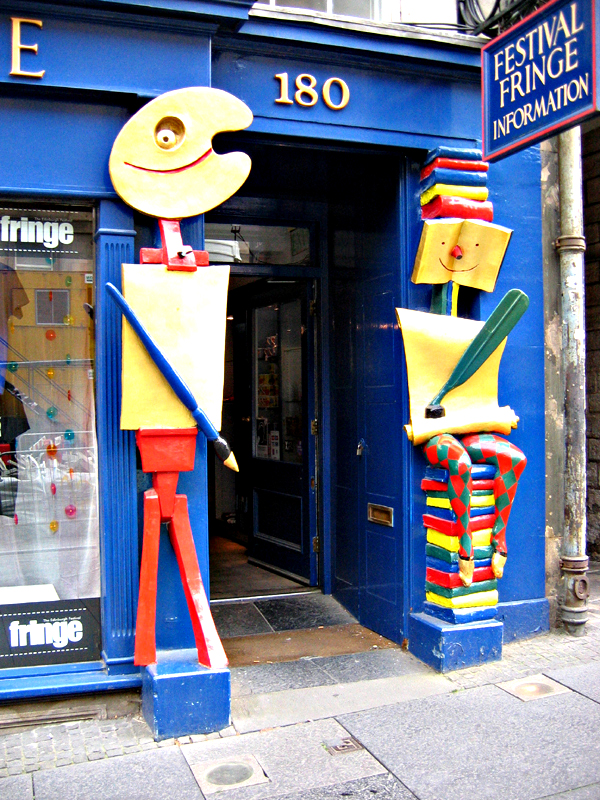
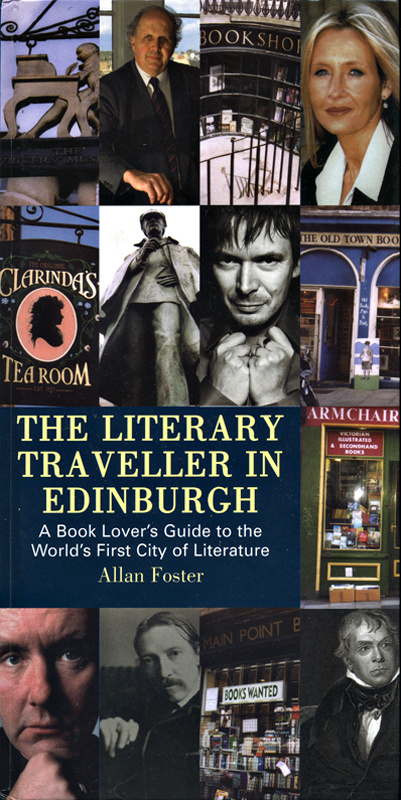

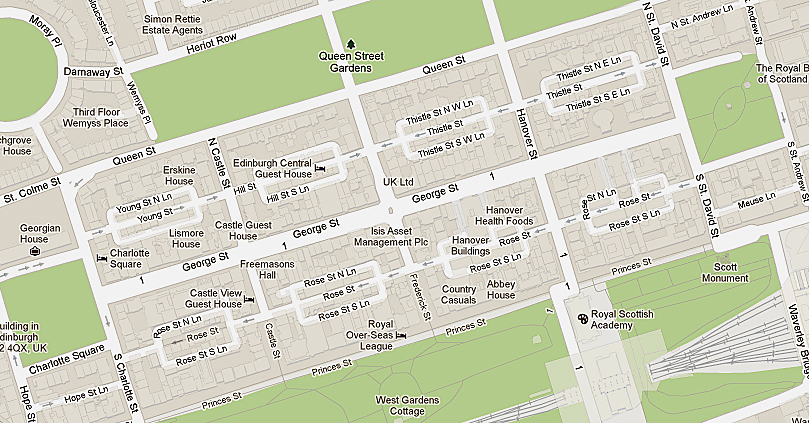

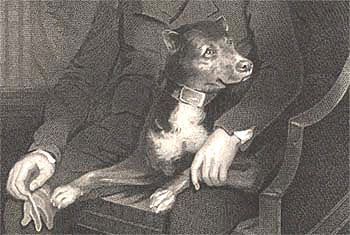


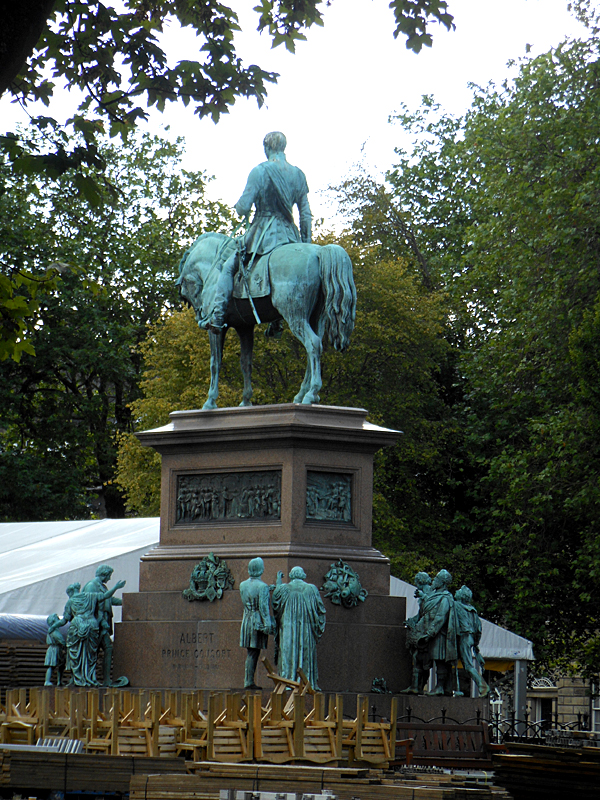
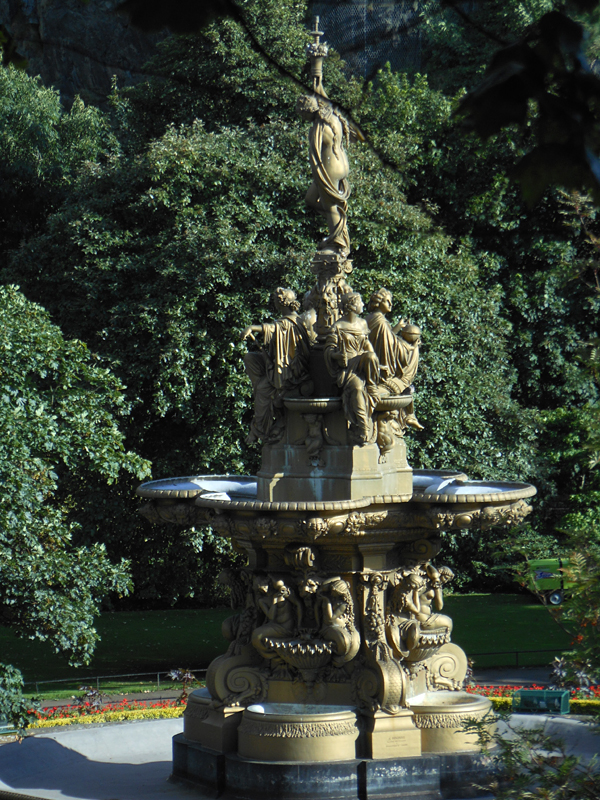

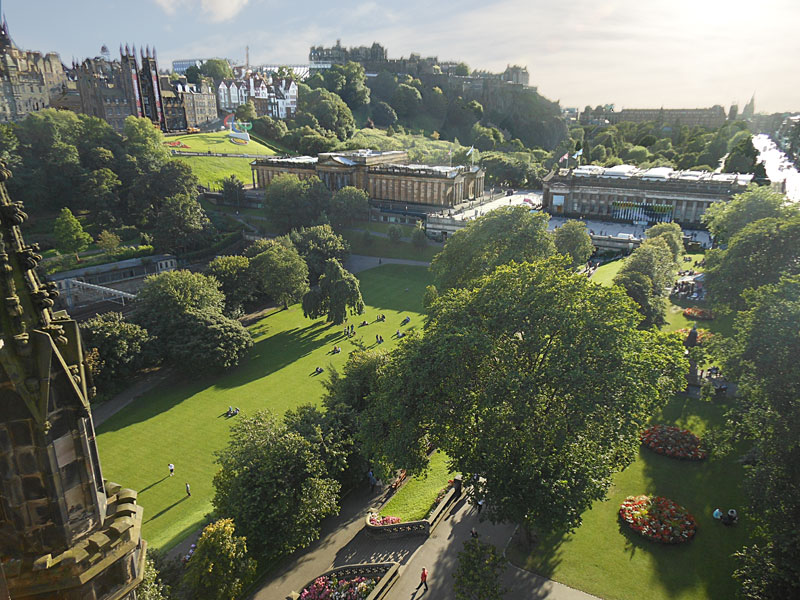


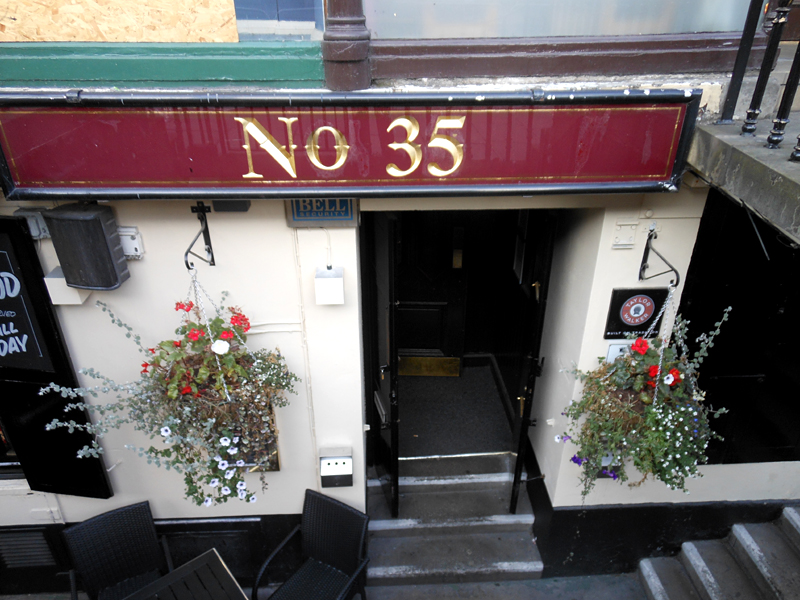

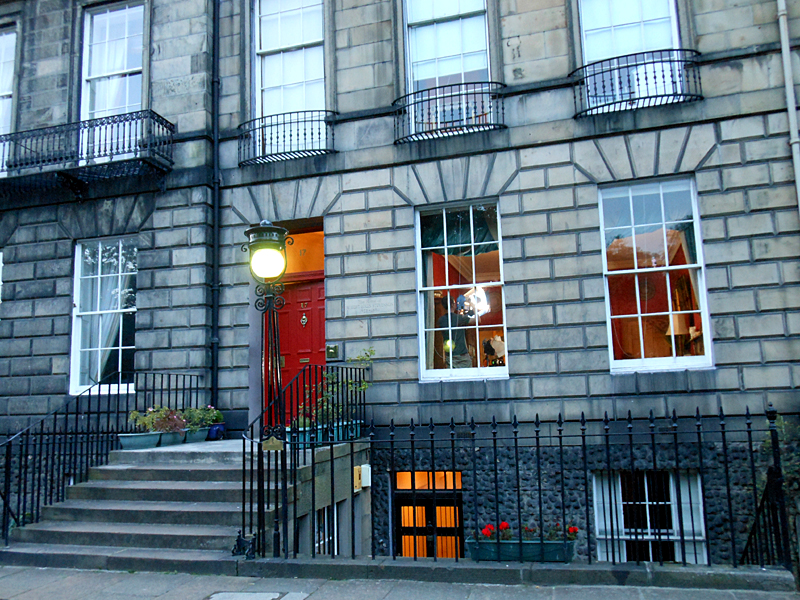

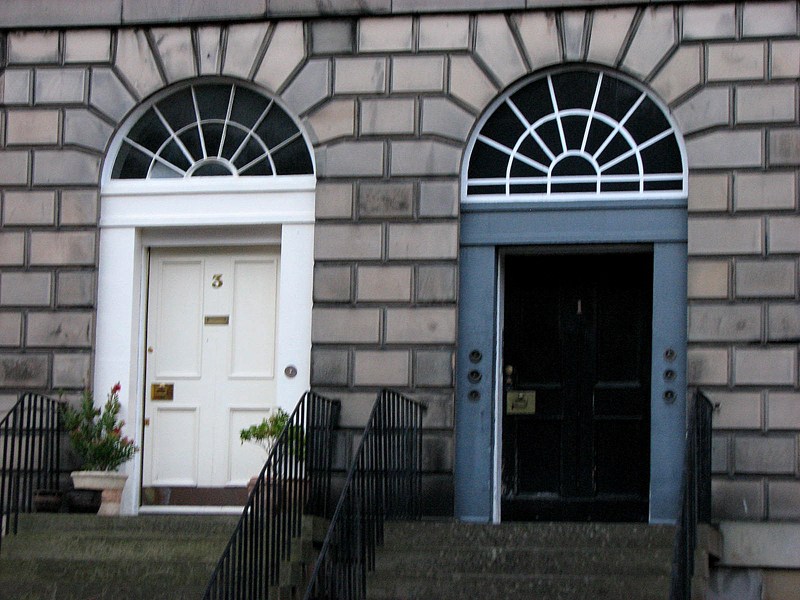

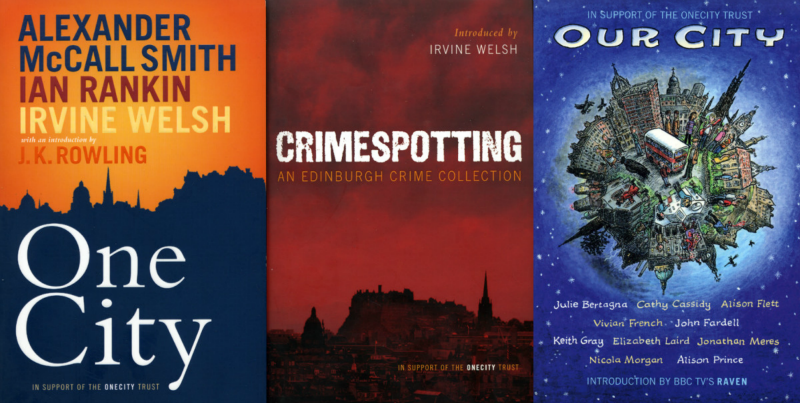

Leave a Reply